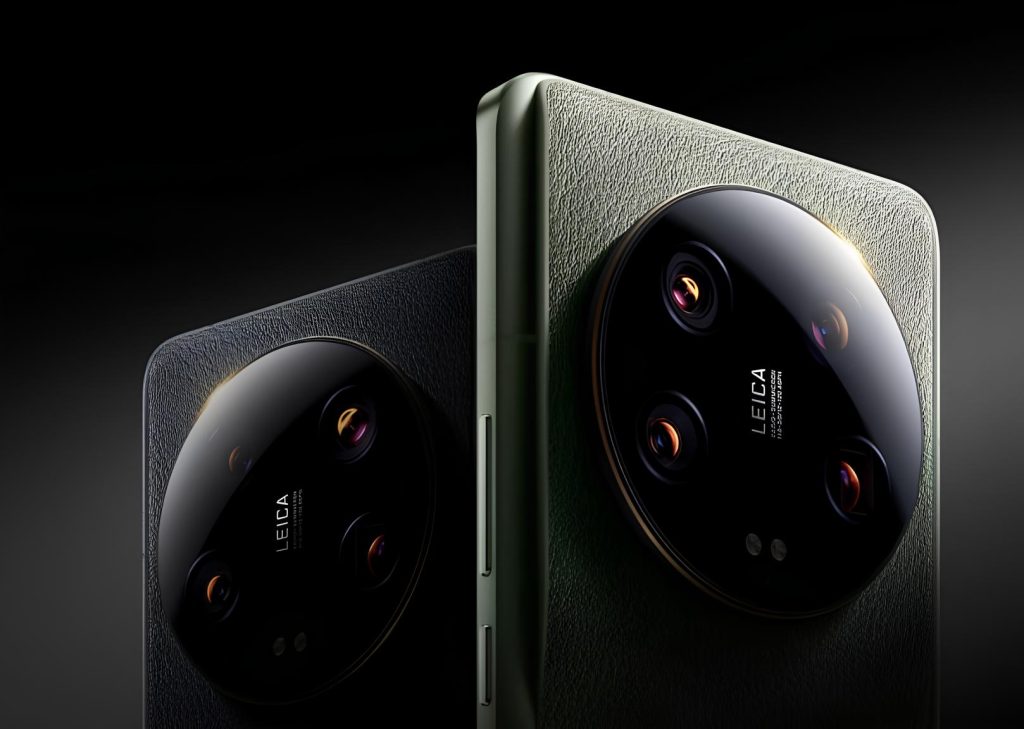The upcoming Ultra flagship from Xiaomi, the Xiaomi 14 Ultra, may finally adopt an ultrasonic fingerprint sensor. However, it might not be on par with the wide-area ultrasonic solutions that Vivo is using in some of its recent flagships.
Vivo’s wide-area ultrasonic might still maintain its lead compared to Xiaomi’s single point ultrasonic solution

Speaking of recent flagships, the Xiaomi 14, Vivo X100 and Vivo X100 Pro, and iQOO 12, have consistently utilized under-display optical fingerprint recognition. While these devices boast impressive overall performance, user feedback suggests room for improvement in the fingerprint recognition experience.
According to reports, Xiaomi has initiated tests on a single-point ultrasonic fingerprint sensor. Though its use on an upcoming Xiaomi device remains uncertain and is currently under active testing, a high probability of its use is prompted for its upcoming ultra flagship scheduled for next year. It will be Xiaomi’s second venture into the use of an ultrasonic fingerprint sensor.

Xiaomi‘s history with ultrasonic fingerprint technology dates back to 2016 when they introduced the world’s first non-porous ultrasonic fingerprint recognition on the Xiaomi 5s. Despite being a major selling point, the technology faced challenges due to its early stage of development, leading to some issues. Xiaomi has been using under-display optical fingerprint technology since then in its devices, including high-end flagships.
However, with the advancements in technology, ultrasonic fingerprint recognition solutions have improved over time, surpassing their optical alternative’s speed and reliability.
It’s also worth noting that there is a perceived gap between Xiaomi’s proposed single-point ultrasonic and the wide-area ultrasonic employed by vivo in its previous models. The upcoming Vivo X100 Pro+ is expected to continue the legacy of wide-area ultrasonic fingerprints.
Related:
- Xiaomi 13 Ultra Premium Camera Phone is now only $799
- Vivo iQOO 12 Pro: Save $100 on the flagship gaming phone
- Xiaomi 14: New flagship with snapdragon 8 gen 3 only for $599
- Best smart luggage of 2023: Modobag, Weego, Incase & More
- Best Apple Watch Cases in 2023: Spigen, Otterbox, Casetify & More







